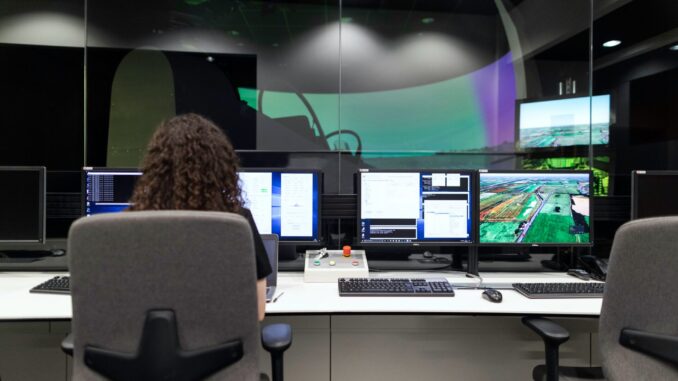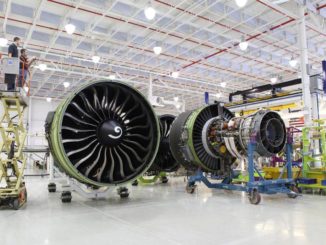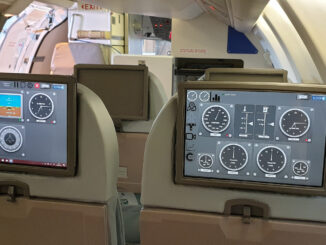
Airplanes are beautiful machines. They are fast, precise, and built to defy gravity. But behind every smooth takeoff is a stack of physics, math, and sleepless nights. Aeronautical engineering isn’t for the faint of heart. It demands discipline, detail, and a stubborn kind of curiosity.
The idea of designing the next-generation aircraft sounds exciting. And it is. But the path to that cockpit view of the industry is tougher than it looks from the outside. You need more than just a passion for flight.Some students find themselves overwhelmed quickly. If you’re already juggling coursework and thinking, “How will I even find time to write essay for me with trusted writers?” this might be a sign to slow down and look deeper into the reality of this degree.
You’ll Need a Real Love for Math and Physics
Not just tolerance. Not just “I did okay in high school.” Real love. This field revolves around thermodynamics, fluid mechanics, propulsion, and structural analysis. You’ll be running calculations long before you ever sketch out a wing.
And no, you don’t get to skip the hard parts by being creative. Even the wildest design needs to survive a wind tunnel.
If you zone out when someone says “differential equations,” this may not be the ride for you.
There’s More Than One Path in This Field
People hear “aeronautical” and picture sleek jets and fighter planes. But that’s only part of it.
You might end up working on commercial aircraft, UAVs (drones), propulsion systems, wind turbines, or even space-related tech if you cross into aerospace. It’s a broader field than most expect.
Take time to explore specializations early. Ask professors. Join student projects. Don’t wait until senior year to figure out what you actually want to build.
Expect to Work Under Pressure
Deadlines won’t care if your simulation crashed or your equations took six hours longer than planned. This degree rewards resilience more than perfection.
Group projects can stretch late into the night. Lab reports often involve tedious trial and error. And your designs will probably fail a few times before they fly.
Still interested? That’s a good sign.
Internships Aren’t Optional Anymore
You need hands-on experience to stand out. And not just because it looks good on paper. It teaches you how real systems behave when your perfect model doesn’t work out.
Most students aim for summer internships with airlines, defense companies, or research labs. However, competition is fierce, and many roles require previous technical experience or software skills.
That’s why it pays to get involved in student teams and projects as early as possible. They give you something real to showcase.
Key Questions to Ask Yourself Before You Commit
- Do I enjoy solving technical problems for hours, even when there’s no immediate reward?
- Can I handle high-pressure academic environments without burning out?
- Am I more excited about design, testing, research, or hands-on repair?
- Would I rather work on planes, rockets, or satellites?
- Am I okay with a slow climb into the field, knowing entry-level jobs might feel repetitive?
If you hesitate on most of these, it’s not a dealbreaker. But it does mean you need to do more digging before signing up.
The Workload Can Get Brutal
Midterms, labs, design reviews, coding, and presentations pile up quickly. Some students feel like they’re drowning halfway through their second year.
This isn’t said to scare you off. It’s to prepare you. Planning, self-discipline, and support systems matter. And if you ever reach a breaking point, knowing where to find help or where to outsource a few small tasks can save your semester. Whether that’s teaming up with a friend or searching for academic tools, you’re not weak for asking.
Smart students learn how to stay afloat.
Conclusion
Aeronautical engineering can feel like rocket science (well, sometimes it is). But for the right person, it’s wildly rewarding. The kind of degree that stretches your brain, your limits, and eventually, your career.
Just don’t walk in blind. Know what you’re signing up for. Do your research. Talk to current students. Sit in on a class if you can.
This degree builds future inventors and problem-solvers. But it also humbles them first. Be ready to fail, to adapt, and to keep showing up. That’s where the real growth happens.



